What is the tolerance range of precision screws?
What is the tolerance range of precision screws?
Service Hotline
+86760-8787 8587We have more than ten years of production experience in the screw industry, the main products are: cross head pan head screws, knock-on-lock rivets, iron flat-head rivets, rough hexagonal nuts, iron gasket manufacturers, bolts for processing parts, national standard aluminum profiles T-nuts, auto parts hexagon flange bolts, hand-tightened disc bolts, nickel-plated square nuts, enlarged flat washers, DIN529 screws, half-threaded bushing screws, serrated washers, solid positioning cylindrical pins, Saigang processing washers, etc. Due to the different materials and specifications of the products, the prices are also different, if necessary, please contact us.


The paint mixing mixer used for color matching in the auto repair industry uses a multi-link connection transmission as the main driving force. The transmission of torque has higher quality requirements for the impact resistance and fatigue resistance of the cotter pin. During the use of the cotter pin, it was found that the cracking phenomenon occurred due to insufficient strength, resulting in the machine not running. In the existing multi-link transmission mode of the paint mixing mixer, the connecting rod drives more than 10 paint pots in each layer of the frame to stir, and the bottom connecting rod is also responsible for the transmission of the torque of the upper connecting rod, which leads to the connection between the connecting rod and the connecting rod. The pins connected by the rods must have strong impact resistance and fatigue resistance, and must have a certain anti-loosening function.
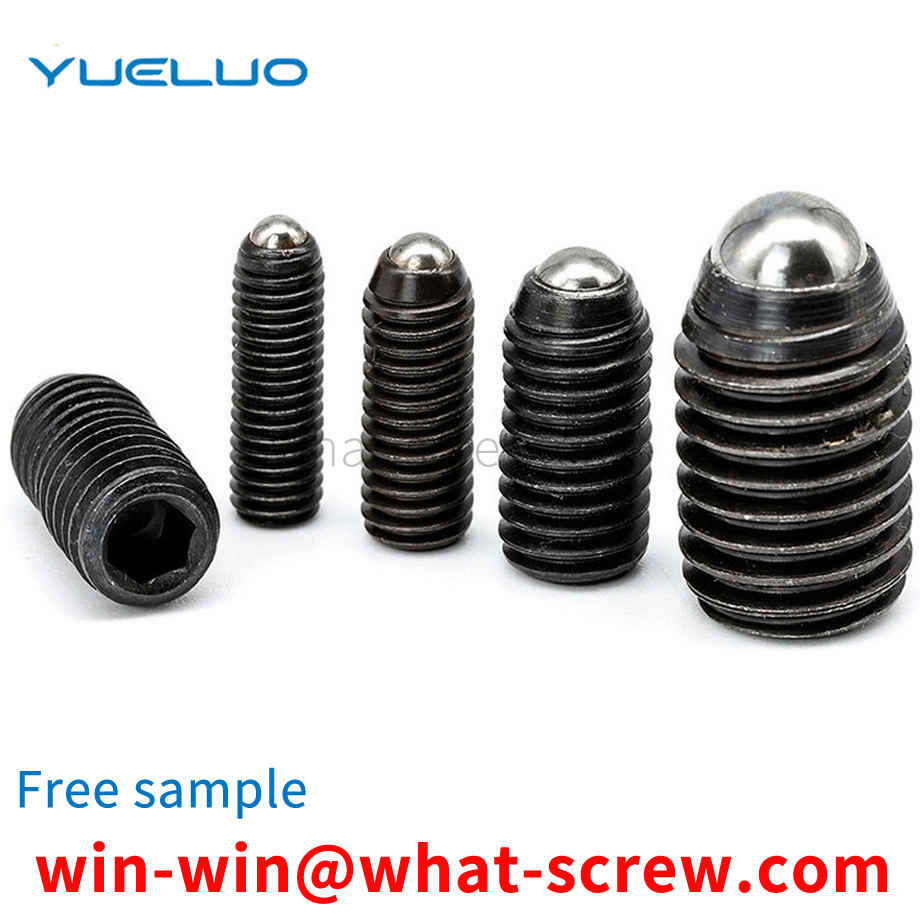
The utility model proposes an installation structure which adopts a T-shaped bolt to cooperate with a channel, which includes a bolt head, an installation channel, a nut and a washer. The upper end of the screw rod is provided with a screw head, the two side walls of the bolt head are respectively provided with an arc surface, the two ends of the bolt head are provided with protrusions, and the interior of the installation channel is provided with an inner cavity, There is an opening above the installation channel, the bolt head is installed in the inner cavity, the nut is installed on the screw, the nut is located above the installation channel, and the gasket is installed on the installation channel and the nut between.
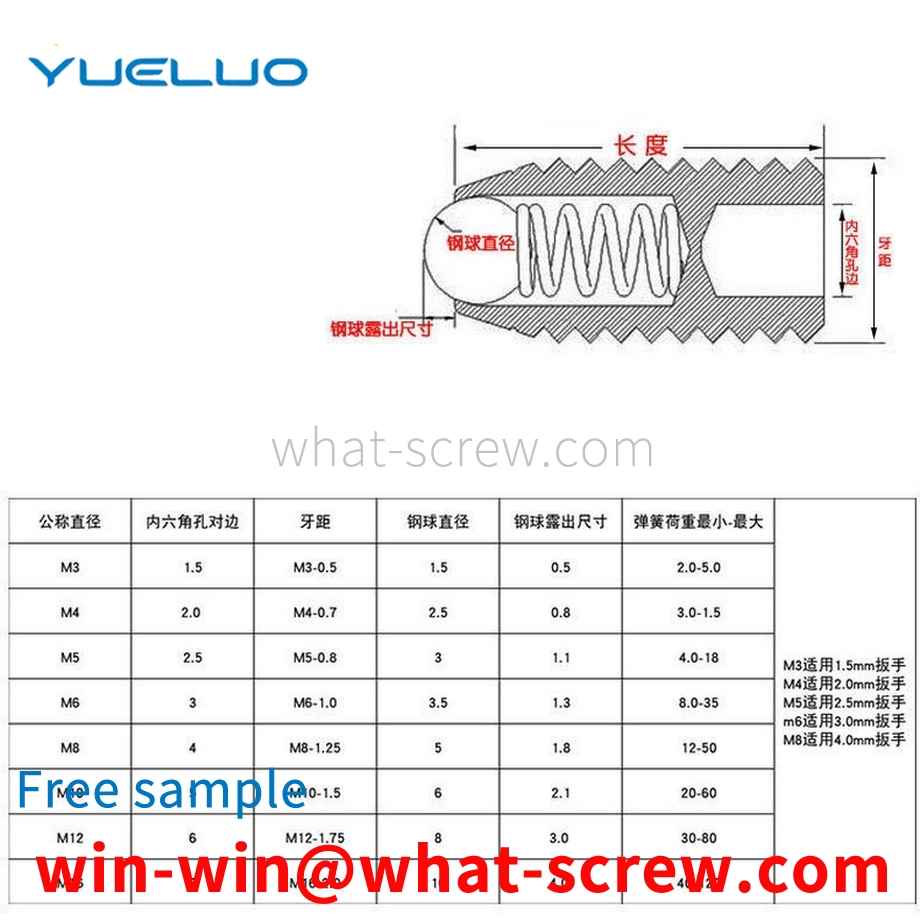
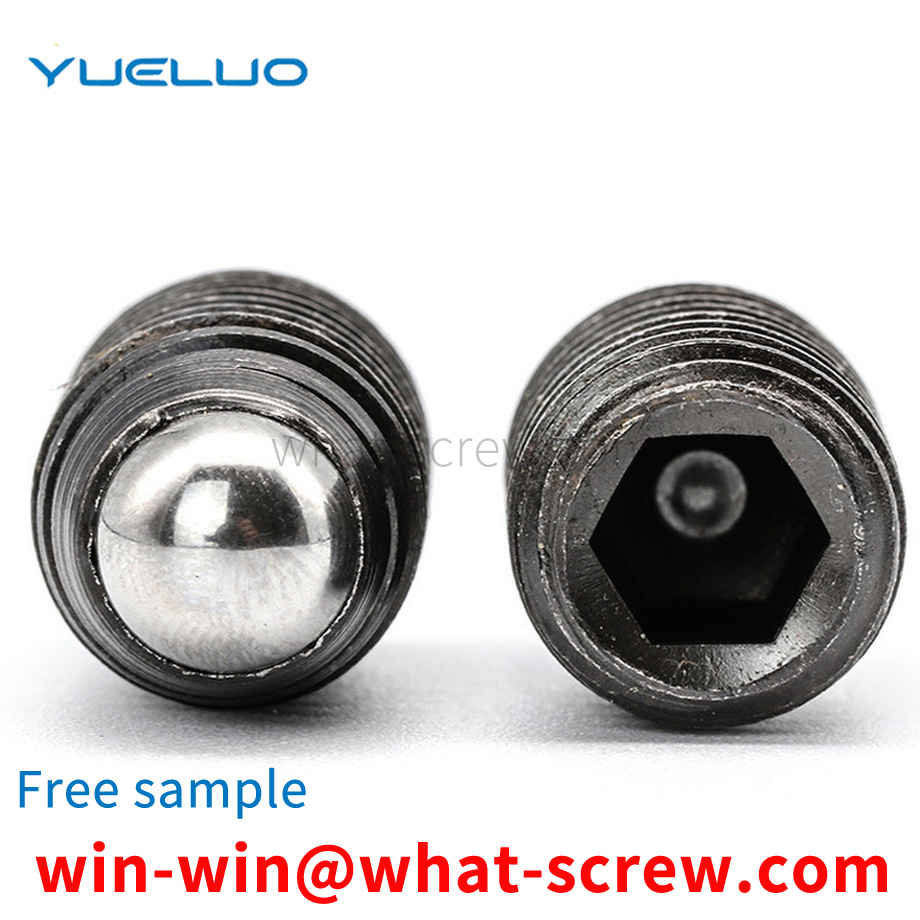
rivet is a nail-shaped object used to join two parts or components with a through hole and a cap on one end. In riveting, the riveted parts are connected by their own deformation or interference. There are many types of rivets, and they are not limited to the form. The existing switch is not easy to fix, and needs to be supported by others during installation, which leads to waste of labor, and at the same time, it is easy to damage the hands of the supporting personnel. The existing device driving method is relatively laborious. Some devices require rivets of different lengths in different thicknesses, and cannot be assembled by themselves of the same type.
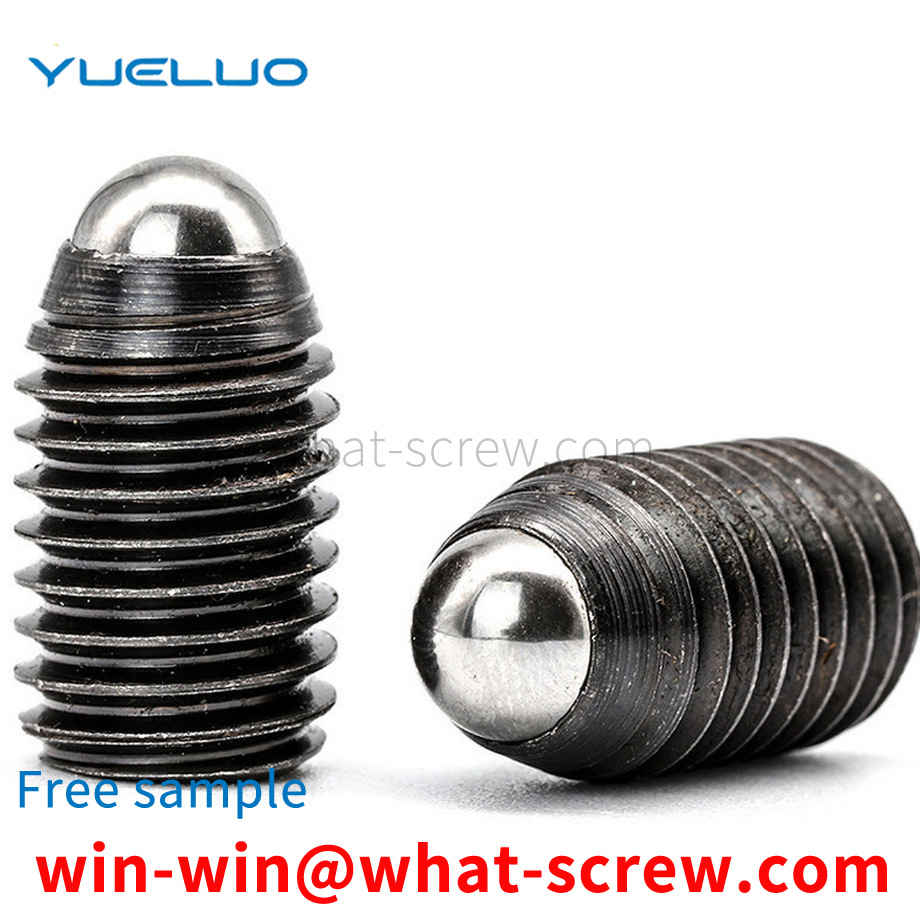
Stud bolts generally need to be surface treated. There are many types of bolt surface treatments. Generally, electroplating, blackening, oxidation, phosphating, and electroless zinc flake coating are commonly used. However, electroplated fasteners account for a large proportion of the actual use of fasteners. Especially in automobiles, tractors, home appliances, instrumentation, aerospace, communications and other industries and fields are more widely used. However, for threaded fasteners, not only a certain anti-corrosion capability is required in use, but also the interchangeability of threads must be ensured, which can also be called screwability here. In order to meet the dual-use performance of anti-corrosion and interchangeability required by threaded fasteners in use, it is very necessary to formulate special plating standards. GB/T5267.1-2002 [Threaded fastener electroplating layer] standard is one of the national standards fastener surface treatment series of standards, the standard includes: GB/T5267.1-2002 [fastener electroplating layer]; GB/T5267.2-2002 [Electrolytic zinc flake coating for fasteners] Two standards. This standard is equivalent to the international standard ISO4042; 1999 [Threaded fastener electroplating layer]. This standard replaces the GB/T5267-1985 [Threaded Fastener Electroplating Coating] standard.
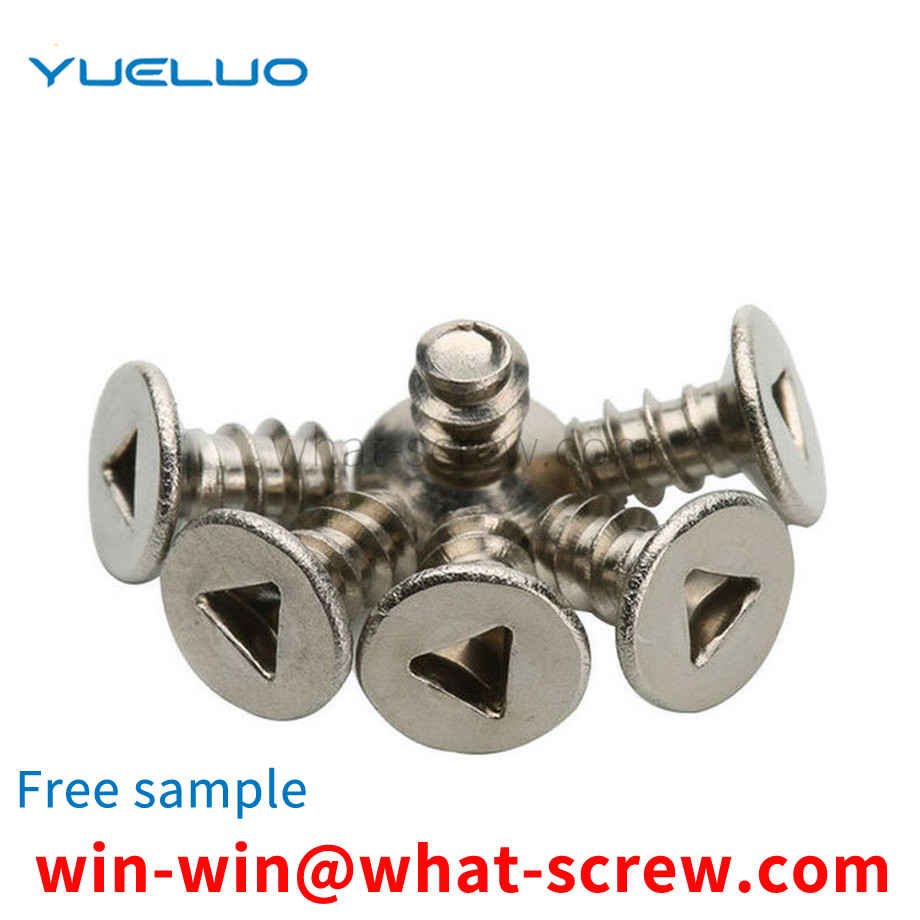
The above content is uploaded by Yueluo or the Internet. If there is any copyright issue, please contact [email protected].

What is the tolerance range of precision screws?

How to choose the right stainless steel screw manufacturer?

Why is there an R angle under the head of the hexagon head s...

We have more than ten years of production experience in the ...

We have more than ten years of experience in the production ...

We have more than ten years of experience in the production ...

We have more than ten years of experience in screw industry ...